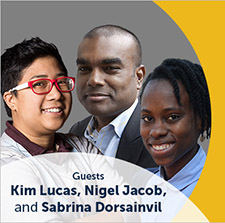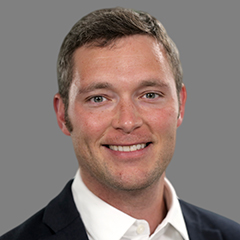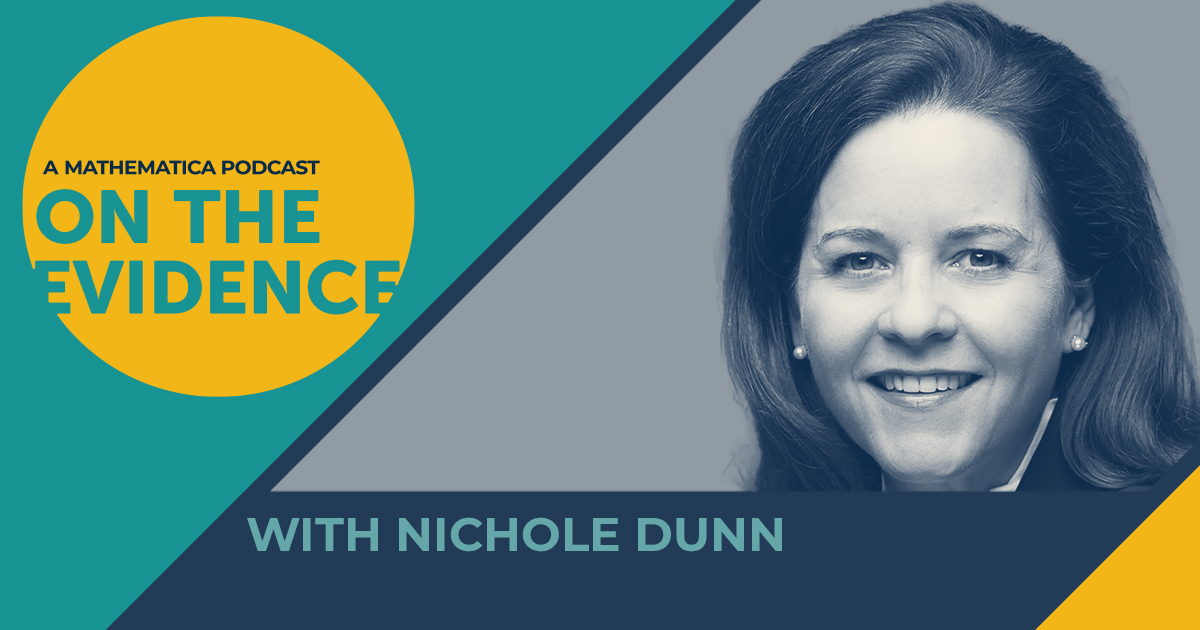The Boston Mayor’s Office of New Urban Mechanics, a research and development lab for city hall, develops new and creative ways to provide better services for the city’s residents. About a year ago, the office published the first volume of its Civic Research Agenda. In some respects, the document follows the trend of federal agencies publishing learning or evidence-building agendas. But Boston’s Civic Research Agenda doesn’t look like a formal government document: it’s colorful, with large font, photos, and cartoon-like illustrations. The authors also use personal pronouns to make it clear that Boston’s “new urban mechanics” want to have a conversation with you, the reader. The language is strategic: they want to welcome you in as a participant in deciding what local public policy issues to address, what questions to ask about them, and how to answer them.
 In this episode of On the Evidence, we discuss the Civic Research Agenda’s one year anniversary with three members of the New Urban Mechanics team: Nigel Jacob, the office’s co-chair and cofounder; Sabrina Dorsainvil, the office’s director of civic design; and Kim Lucas, the office’s civic research director.
In this episode of On the Evidence, we discuss the Civic Research Agenda’s one year anniversary with three members of the New Urban Mechanics team: Nigel Jacob, the office’s co-chair and cofounder; Sabrina Dorsainvil, the office’s director of civic design; and Kim Lucas, the office’s civic research director.
Click here to listen to the full interview. You can also read edited excerpts of the interview in the following transcript.
Why publish a civic research agenda?
Lucas: There are a lot of different kinds of expertise that you need to conceive of and then pull off in a project and get it off the ground. When we think about all those kinds of expertise, particularly from the purview of the city, what we want to do is draw on the folks who can best push a project forward. Part of the reason why we pushed out [the agenda] in the way that we did was to really think about how can we invite in many people with many kinds of skillsets and knowledge bases to help us tackle the big problems of the city.
What got you headed down this path? Is there an origin story to tell about the Civic Research Agenda?
Jacob: When we started the work of New Urban Mechanics in 2010, we originally started through collaboration with universities. Broadly, in local government, the way that universities interact with cities is that the city does something, and researchers study that thing. They try to understand the impacts. We thought, as we’re conceiving of the challenge and trying to get straight in our minds what it is that we’re trying to study, why can’t those university partners be in the room from the beginning? So it was really about facilitating or seeking a more collaborative relationship with universities and developing multiyear shared research agendas with different university partners.
We’ve always been hoping for more [research partners] than the few that we’ve had. The Civic Research Agenda was our call to arms to the research community to say that we want to meet you and we want to find a way to work together.
Dorsainvil: When we say research community, we all acknowledge that there are a lot of different forms of research. I come from a particular background centered around design and art. Arts-based practices, if respected and looked at as rigorous, could also offer different insights or a different approach to a challenge or could answer a research question in a way that I think would push us forward. Often, we have researchers from all walks of life, students, grad students, artists, designers, folks who are really interested in the city and want to know, where do they plug in? How can whatever they’re doing really progress the broader goal of making Boston a better place for everyone to live in? We wanted to guide them and create the invitation for what we’re thinking about so we are all aligned in thinking about what we could be doing together as a city.
I was interested in the agenda’s emphasis on community participatory research, which is something my colleagues at Mathematica have been discussing. From the perspective of a large local government, what drives your interest in having the community play a central part in both crafting research questions and answering them?
Dorsainvil: We’re the open door for technologists, entrepreneurs, residents, students—anyone who says, “Hey, I have a thing that I could contribute or share, but I don’t know where to place it. Can you help guide me?” The way that we look at our team right now is a good example of that. Some of us studied urban planning, but others are, by training, game designers, lawyers, artists, and computer scientists. All of our experiences are valid. Therefore, whenever we approach a project, we know that it shouldn’t just come from one perspective. The people who are impacted the most by the changes that are going to be made have to be a part of the [conversation].
How has the Civic Research Agenda helped the city approach civic engagement?
Lucas: A lot of time went into crafting the wording of our questions. The we is left intentionally vague. You can read that we as we (new urban mechanics) or we (city government), or you could read it as we (residents of the city of Boston)—or really anyone. We wanted to truly be inviting and make civic engagement something that happens in so many more contexts than just the community meeting. One piece of the Civic Research Agenda is questioning what civically engaged actually looks like. If you think of civic engagement as helping your neighbors or helping your community, it begins to address both the big and small ways people can become civically engaged.
What kind of responses have you gotten about the document?
Jacob: We’ve been approached by a fairly broad range of potential collaborators, from universities, design firms, and other organizations that will often say, “I read your research agenda, and I have several questions or comments.” That’s essentially what we had been hoping for, that it would serve as a provocation to the world, to people who might be inclined to collaborate with local government but are unsure how to go about it. The research agenda can frame a context with which they approach us, starting conversations that evolve over time.
Who did you hope would read the document and respond to it?
Jacob: Interesting people. We’re trying to challenge the notion that traditional experts are the only ones that have a lens to bring on researching cities. There are people—private individuals, people from the advocacy community, and everyone in between—who have a perspective that we want to hear.
What would you say is your number one takeaway in terms of things you’ve learned in the past year?
Lucas: This is an agenda full of questions. Inherent in asking questions is saying that you don’t know the answer. This is an exercise in demonstrating vulnerability, in showing folks that we don’t have the skillset or the knowledge base or the technical understanding of certain things and that we would love for folks to help us if they’re so willing. The fact that people do come and raise their hands and say “We’d be willing to help you” is an interesting observation of what has come out of this so far.
Want to hear more episodes of On the Evidence? Visit our podcast landing page or subscribe for future episodes on Apple Podcasts or SoundCloud.
Show Notes:
Mayor’s Office of New Urban Mechanics. “Civic Research Agenda: So Many Questions, So Little Time.” Boston, MA: Mayor’s Office of New Urban Mechanics, April 2018.


